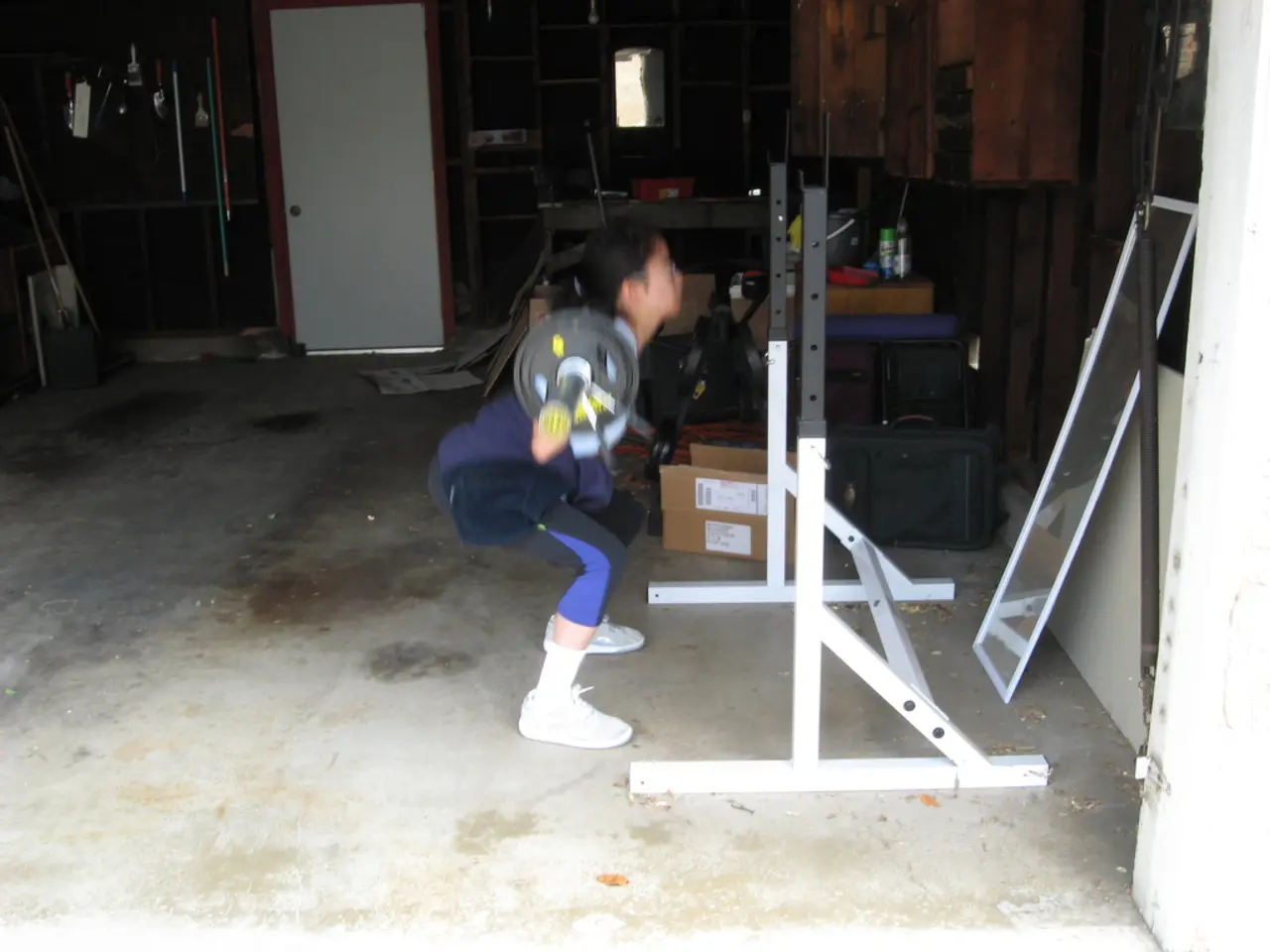Exercises Recommended by Trainers Maintain Strength Beyond Age 60
Staying active and maintaining balance is crucial for older adults to maintain their independence and reduce the risk of falls. This article presents a selection of effective balance exercises that focus on improving stability, strength, and coordination.
Heel-to-toe walking
Walking in a straight line, placing the heel of one foot directly in front of the toes of the other, is a simple yet effective exercise for improving balance. This can be done next to a wall or chair for support if needed.
Standing kickbacks (Pilates style)
Standing with weight on one leg, extend the other leg backward while keeping it straight and squeezing the glutes. This strengthens hip and back muscles important for balance.
Side-lying leg kicks
Lying on your side, lift and kick the top leg forward and then sweep it back behind the body slowly. This improves hip mobility and thigh strength.
Heel and toe walking
Walking on your toes or heels challenges your ankle stability and improves muscle control.
Walking backwards and sideways
These directional walking exercises engage different muscle groups and improve coordination necessary for balance.
Plank with shoulder taps
A core stabilization move that also requires upper body strength and coordination, the Plank with Shoulder Taps helps resist body rotation and improve overall balance.
Tai Chi
A slow, mindful movement practice, Tai Chi has been shown to reduce fall risk by improving leg strength, reflexes, flexibility, and spatial awareness.
Standing Marching
Standing tall with feet hip-width apart, lift knees alternately while balancing on the opposite foot. This exercise trains balance on one leg, improves hip mobility, and coordination.
Bodyweight Squats
Bodyweight Squats train the ability to get up and down from low surfaces, strengthen the legs and core, and are essential for balance and everyday strength.
To do Standing Marching, complete 2 to 3 sets of 30 to 45 seconds with 30 seconds rest between each set. For Bodyweight Squats, aim for 3 sets of 10 to 12 reps with 45 to 60 seconds rest between each set.
It is advised to perform balance exercises regularly (e.g., three times a week) and start with support like a wall or chair to ensure safety. Combining balance and strength training can provide comprehensive benefits.
These exercises are generally safe and practical for seniors, helping maintain independence and reduce fall-related injuries with consistent practice. Start with basic movements and progress only when you feel solid and in control. A little balance training every day adds up fast and can make a real difference.
- A regular workout that includes balance exercises, such as heel-to-toe walking, standing kickbacks, side-lying leg kicks, heel and toe walking, and standing marching, can be an effective way for older adults to improve their stability and reduce the risk of falls.
- Strength training is also important for maintaining balance in older adults, and exercises like plank with shoulder taps and bodyweight squats can help strengthen the core and legs, respectively.
- Incorporating exercises that challenge ankle stability, like walking on toes or heels, and directional walking exercises, like walking backwards and sideways, can help improve coordination and balance.
- Practices like Tai Chi, which involve slow and mindful movements, can also be beneficial for older adults, as they have been shown to reduce fall risk by improving leg strength, reflexes, flexibility, and spatial awareness.




